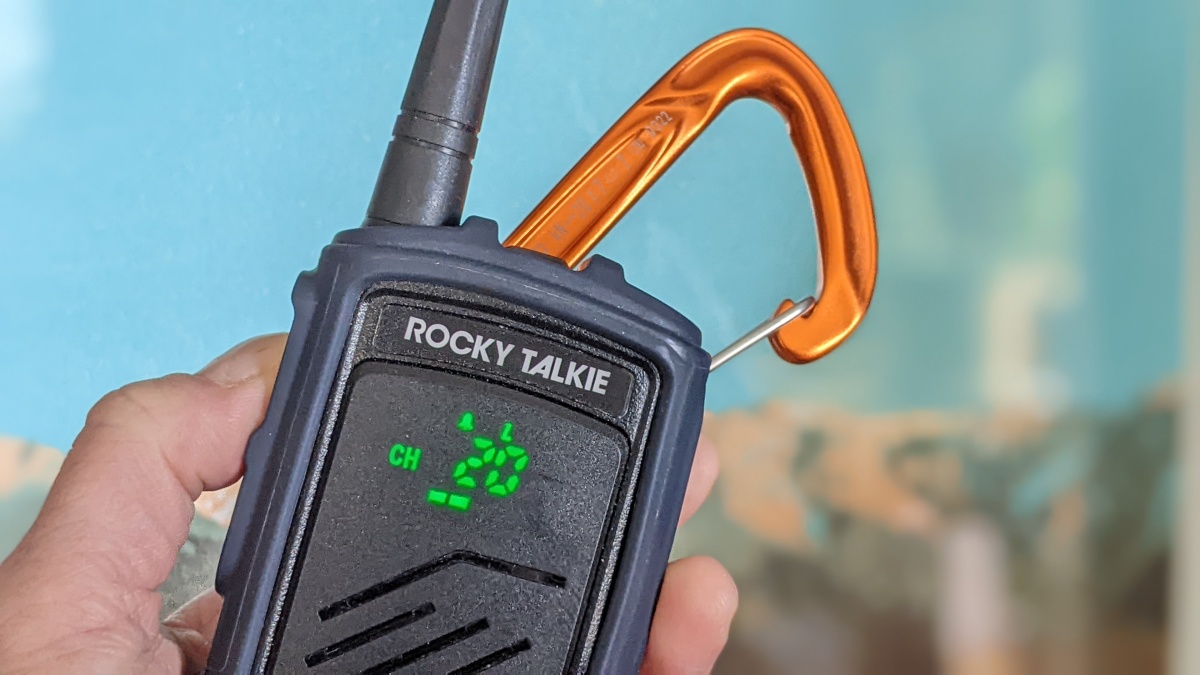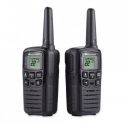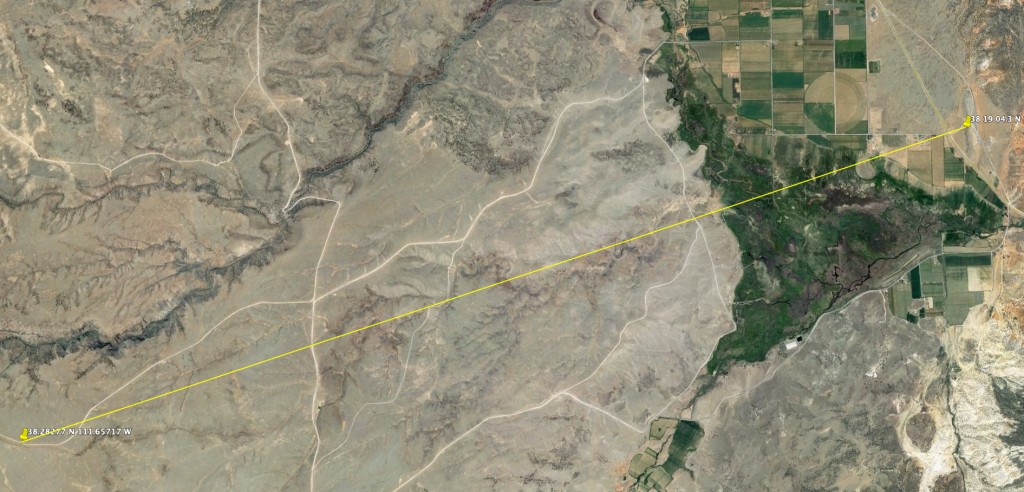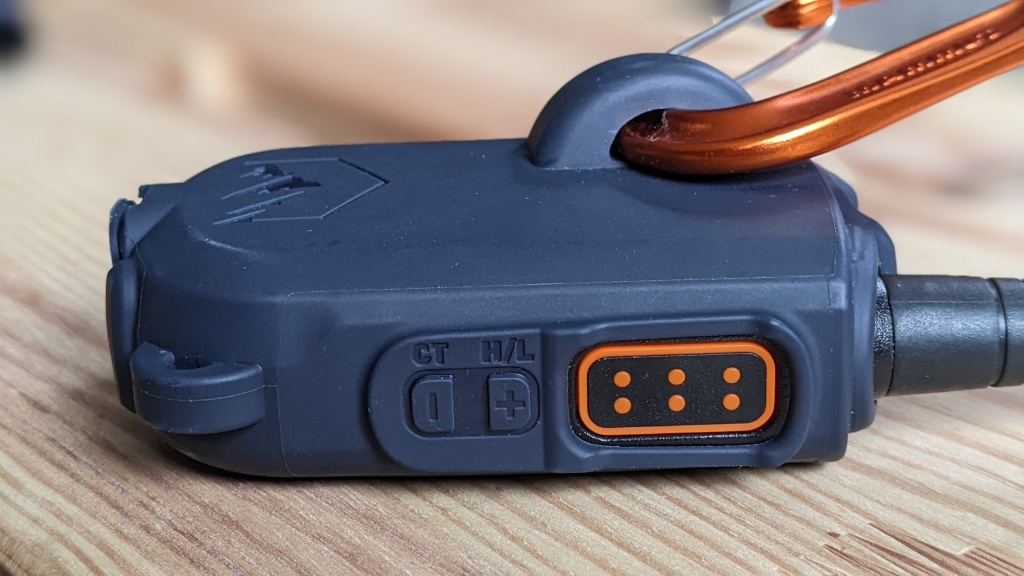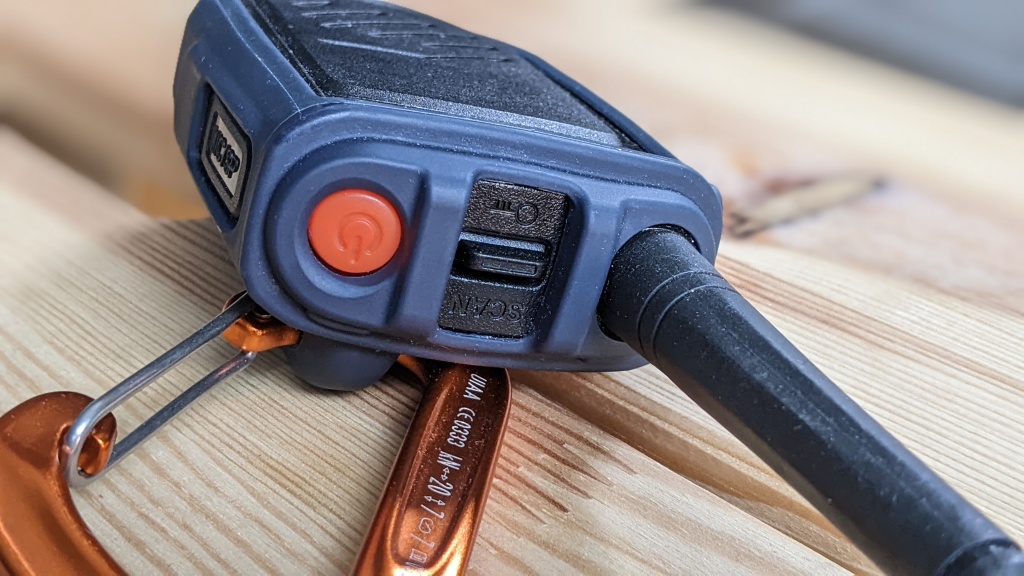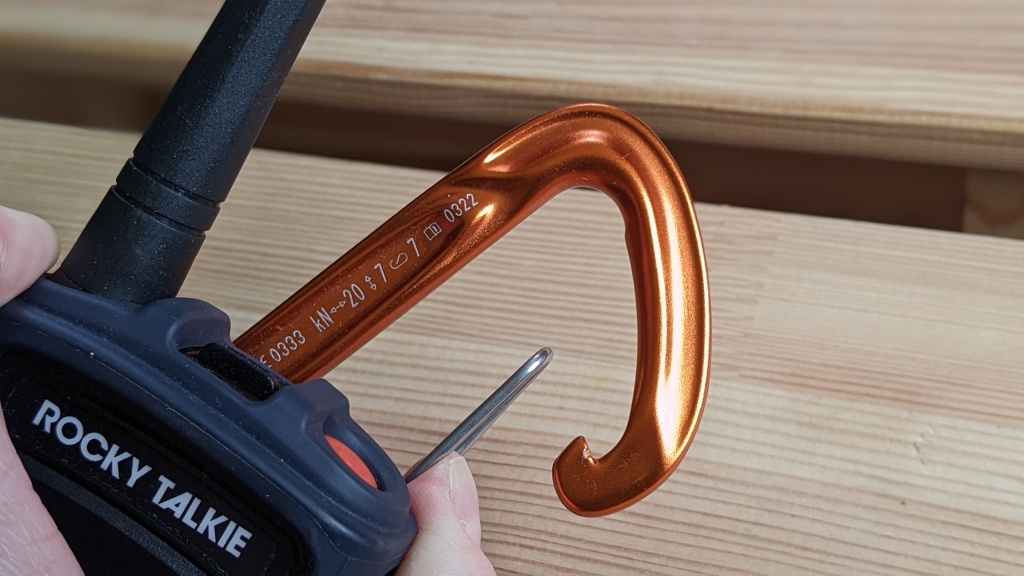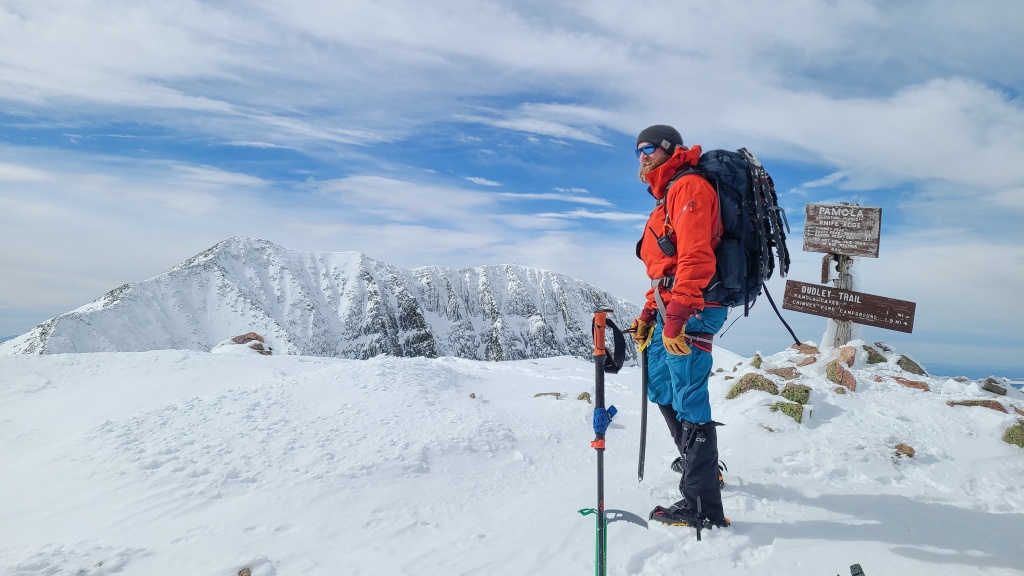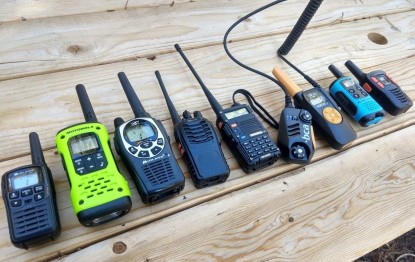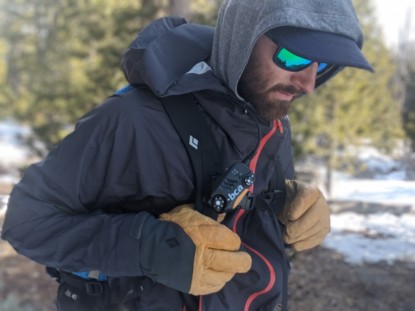Our Verdict
Compare to Similar Products
 This Product
Rocky Talkie | |||||
|---|---|---|---|---|---|
| Awards | |||||
| Price | $110 List | $135 List $129.45 at Amazon | $65 List $62.89 at Amazon | $29.99 at Amazon Compare at 2 sellers | $35 List |
Overall Score  |
|||||
| Star Rating | |||||
| Bottom Line | Small, sturdy, and dependable, these walkies excel at their essential tasks | This radio is made to live around the water, but is a poor value if that is not important to you | Licensed ham radio operators will appreciate the amazing range and tons of features | While it has poor range, this inexpensive radio is our top recommendation in its price range | One of the smallest radios with adequate performance across the board |
| Rating Categories | Rocky Talkie | Motorola T600 | BaoFeng BF-F8HP | Midland X-Talker T10 | Motorola Talkabout... |
| Range and Clarity (30%) | |||||
| Ease of Use (25%) | |||||
| Weather Resistance and Durability (15%) | |||||
| Battery Life (15%) | |||||
| Weight and Size (15%) | |||||
| Specs | Rocky Talkie | Motorola T600 | BaoFeng BF-F8HP | Midland X-Talker T10 | Motorola Talkabout... |
| Measured Weight (Single Radio, with Batteries) | 6.7 oz | 8.4 oz | 7.8 oz | 3.9 oz | 4.0 oz |
| Measured Line of Sight Range | 7.7 miles | 6.0 miles | 10 miles | 1.0 mile | 2.0 miles |
| Watts | 2W | .5W, 2W | 1W, 4W, 8W | Not listed | .5W |
| Dimensions Body Only | 6.5 x 2.5 x 1.6" | 2.4 x 1.5 x 4.9" | 2 x 1.2 x 3.7" | 2 x 1 x 3.5" | 2 x 1 x 3.5" |
| Battery Capacity | 1550 mAh | 800 mAh | 2,000 mAh | 1,000 mAh | 1,000 mAh |
| Battery Type | Li-ion | NiMH, Alkaline AA | Lithium Ion | AAA | AAA |
| Rechargeable? | Yes | Yes, also can use normal AA batteries | Yes | No | No |
| Charge Via USB? | Yes | Not with supplied cable, yes with a different micro USB cable | No | n/a | n/a |
| Frequency Range | 462 to 467 MHz | 462.55 to 467.71 MHz | 65-108MHz (FM Receive only) 136-174MHz and 400-520MHz (TX/RX) | 462.55 to 467.71 MHz | 462.55 to 467.71 MHz |
| Channels | 128 | 22 | 100+ | 22 | 22 |
| Privacy Codes? | 121 available | Yes, 121 available | Yes | Yes, 38 available | No |
| Keypad Lock? | Yes | Yes | Yes | Yes | Yes |
| NOAA Weather Alerts? | No | Yes | No | Yes | No |
| VOX? | No | Yes | Yes | Yes | No |
| Scan Function? | Yes | Yes | Yes | Yes | Yes |
| Clips to Pack? | Yes | Yes | No (mounts sold separately) | Yes | Yes |
Our Analysis and Test Results
Performance Comparison
Range and Clarity
We tested the Rocky Talkies' range and clarity on a winter mountaineering trip in Maine's Baxter State Park, along a rolling and forested highway in Virginia's Blue Ridge Mountains, and across a massive valley in Southern Utah. It kept pace with the best options in the test in terms of range, and their clarity is exceptionally crisp.
In Baxter, we used the Rockys to keep a summit team in communication with a valley base camp. The climbers circled Chimney Pond, topping out on Paloma, traversing the knife's edge trail to Katadyn, and then hiking past Hamlin Peak before heading back to camp. The second team stayed at Chimney Pond, approximately a mile away, with a clear line of site. The Rocky Talkies maintained clear communication during this test whenever the climbers were on the near side of the ridge.
They were also the only option tested that worked well when our summit team, who were each using different walkie talkies, were clustered together, suggesting that it deals with interference well. In the second test among rolling hills, the Rocky Talkies also performed well, maintaining clear and easy-to-understand communication up to 1.6 miles away in undulating terrain, which was comparable to the other top FRS radios in the test.
For our line-of-sight test, we measured how far each model could transmit across a valley in Southern Utah. The Rocky Talkie was one of the highest-performing models for this assessment, sending clear messages up to a distance of nearly 8 miles.
For all tests, we used the Rocky Talkies in their high setting, which uses a full 2 watts to send transmissions. This means that they travel further. Sending calls on this setting also uses your batteries more quickly. You can switch to a lower power setting (which uses 0.5 watts) if you are closer to your party to make your battery last longer. If your transmissions aren't going through, you can switch back to the high setting.
Ease of Use
These radios offer very little in the way of bells and whistles, making them relatively easy to use. Frankly, that works for us. While it's nice to have options like setting your walkie talkies to transmit automatically anytime you talk, we don't find ourselves taking advantage of the extra features in the field. Often we ended up confusing our climbing partners every time we muttered out a plan to get to the next hold.
The Rocky Mountain user manual is straightforward and available online since most will inevitably lose theirs. There is a power button, which also lets you check the battery level and which privacy code you are using (more on that in a second). There is a toggle to let you switch between channels, scan them, or lock your settings in place. The lock is a critical feature for anyone planning rough-and-tumble adventures where buttons could be pressed accidentally.
The volume up button also serves to switch between high and low power settings — simply depress it for two seconds. Depressing the volume down button for two seconds allows you to choose a privacy code, which we'll explain below.
There are 22 channels or radio frequencies available for FRS radios to use. If you've ever tried to use them in a crowded outdoor setting like a festival, you know those are quickly claimed. Thus, privacy codes; most walkie talkies today come with a range of them. They're also known as subchannels and let you use the same channel as someone else without interfering with their conversation and vice versa. The Rocky Talkies come with 106 present channel/privacy code combinations, giving you 128 channels to choose from before you even have to futz with the 121 separate privacy codes.
While the streamlined interface is relatively easy to navigate, the Rocky Talkies' simplicity does have some downsides. They don't allow you to access the National Oceanic and Atmospheric Administration's (NOAA) weather channels. When you're in the backcountry for any length of time, having that information can make a big difference in your safety and comfort level.
The microphone on these radios also isn't that loud, so you need to be sure to clip these closer to your ears. There is an optional waterproof hand microphone and speaker that attaches through a mic/sp port available as an additional purchase. We didn't test it, but we think it would probably help.
Weather Resistance and Durability
The Rocky Talkies are rated as IP56 or as splash and snowproof but not submergible. We used them in snow storms and sprayed them with a shower head for five seconds, and they continued working perfectly. The units are simple, with little moving or isolated parts to break, and we expect them to last.
The only possible entry points for water are the charging and microphone/speaker ports, which both have substantial and fairly secure rubber flaps. These covers limit the amount of moisture that can enter the units. These radios also sport shatterproof LED screens. There's no glass to break. And we agree with Rocky Talkie that using a carabiner to secure the radio to a pack works more consistently than the light-duty plastic clips of many of its competitors. The company also offers a leash to keep it more secure if you need to remove it from your pack to use it, which we often did.
Battery Life
The Rocky Talkies impressed us with their battery life early in our tests. During that five-day winter camping trip, these required a recharge much less often in the below-freezing temperatures. We thank their internal, rechargeable Lithium-ion batteries. We also accidentally left one unit turned on in our pack after the trip. A week later, it was still fully functional after hibernating in standby mode.
While the Rockys didn't blow the competition away in our lab battery tests, their performance is comparable to the top options. In high power mode, while making 2 minutes' worth of calls every hour, they ran through their power after about 26 hours and 20 minutes. In low mode, they lasted 32 hours and 40 minutes, among the longest run times in the test.
On the downside, the Rocky Talkies don't give you the option of using replaceable batteries if you run out of charge. For longer trips, you need to bring along a portable power source or purchase an additional battery from the Rocky Talkie website.
Weight and Size
Weighing 6.7 ounces and measuring 6.5 x 2.5 x 1.6 inches, these radios easily fit in the palm of your hand. These measurements showed that the Rocky Talkies are smaller and lighter than most of the other models in our review.
The Rocky Talkies are compact and light enough that we never feel tempted to leave them behind. The tightly connected carabiner adds to their size but is a secure connection point and provides the antenna with some protection. All told its lightweight and compact build makes it easier to use.
Should You Buy the Rocky Talkie?
Due to its solid range, excellent clarity, top-notch battery life, compact size, rough-and-tumble build, and simple setup – this is the best walkie-talkie for most people. The only reasons we wouldn't recommend these radios are if you need a waterproof option for extremely wet climates or on-water operation, if you need access to NOAA weather channels, or if you consistently need a longer range than an FRS radio can provide. In the last case, you'd need to upgrade to a GMRS model and earn the FCC license it requires.
What Other Walkie Talkies Should You Consider?
If you need to save a little case, we recommend checking out the Midland X-Talker T10, which earned the best buy award in our test. While it doesn't offer nearly the range and clarity of the Rocky Talkie, it works well when you're closer to the other members of your group. It also accesses NOAA weather channels, and with the stark price difference, you'll likely be able to afford more of them. If you do need a waterproof option, check out the Motorola T600. If you need a more powerful radio, check out the Baofeng BF-F8HP.


